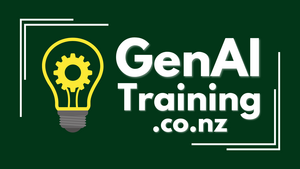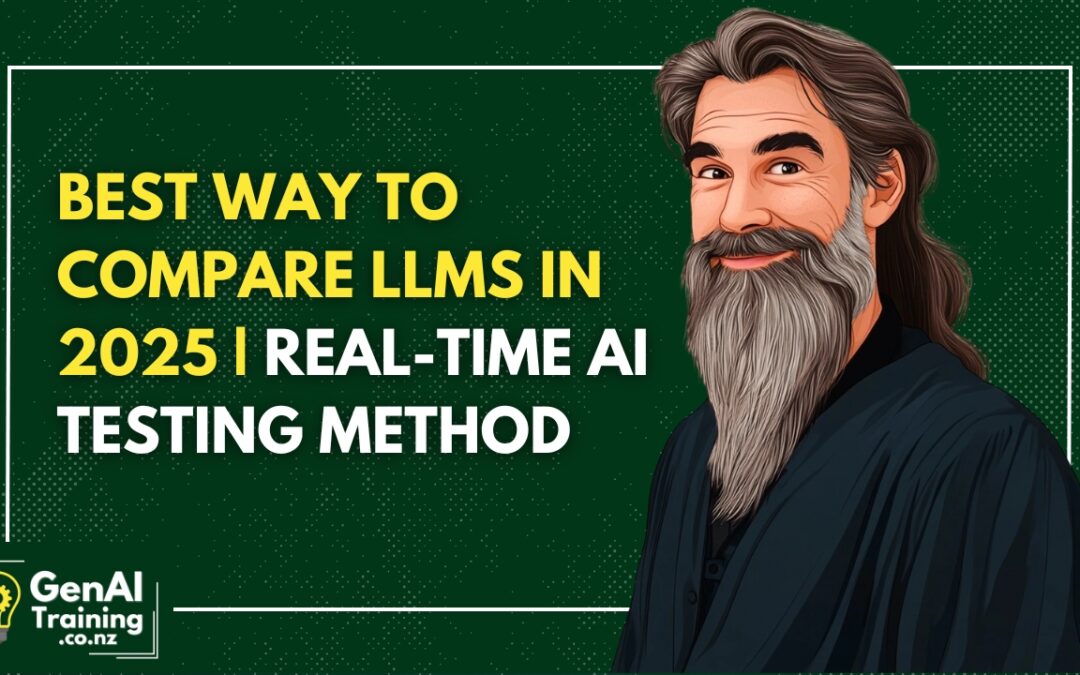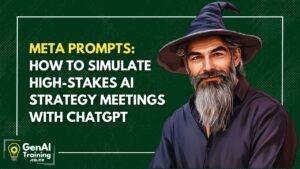Using this simple copy/paste process, you’ll learn how to run the same prompt through 4 different AI tools at the same time — so you can quickly compare, test, and optimize your ideas without getting stuck in decision fatigue. This is the fastest way to evaluate which AI is best for your task right now. (Pro tip: use Cmd+C (Mac) or Ctrl+C (Windows) to Copy, and Cmd+V (Mac) or Ctrl+V (Windows) to Paste.)
🧠 STEP 1: Open four browser tabs
Create your AI command center: Pull up ChatGPT, Claude, Gemini, and Grok in separate tabs. Think of each one as a specialist on your team—ready to weigh in. Bookmark them if this becomes a daily habit (trust me, it will).
⌨️ STEP 2: Write or copy your prompt
Craft your test question: This could be a creative challenge, a work task, or a question you’re stuck on. Paste it into a notepad first so you can easily copy it across. The key is consistency—use the exact same wording for all models so you’re comparing apples to apples.
📋 STEP 3: Paste your prompt into each tab
Copy → Paste → Fire: Paste the same prompt into all four tools, hit send, and let the AI battle begin. You’re not just looking for the “best” answer—you’re noticing tone, clarity, reasoning, creativity, and surprises.
🔍 STEP 4: Scan for insights
Spot the signal in the noise: Ask yourself: Who explained it best? Who surprised you? Who felt the most human? You’ll start noticing patterns—Claude might be better for empathy, Gemini for research, ChatGPT for structure, Grok for spicy takes.
🔄 STEP 5: Iterate when stuck
Let a new model un-stick your thinking: If one AI gives you a “meh” result, don’t waste time rewriting the prompt. Paste it into a new tab instead. A new lens often reveals the missing magic.
🧰 STEP 6: Track what works
Build your personal LLM scoreboard: Keep a simple doc or spreadsheet to jot down which model performed best on what kind of task. Over time, you’ll develop a sixth sense for which AI to go to first—and when to mix it up.
✅ Conclusion:
You’ve learned how to use parallel prompting to tap into the strengths of different LLMs—helping you move faster, think clearer, and get better results with less friction.






